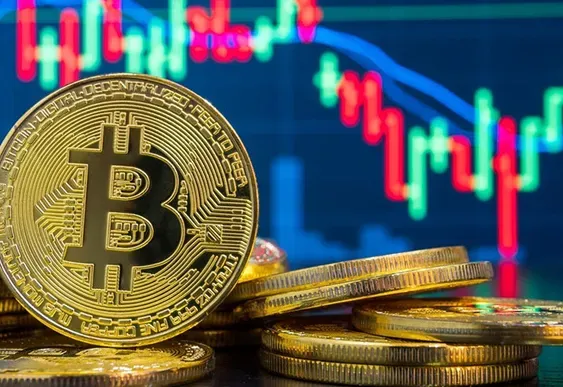Billion-dollar asset manager ARK Invest, led by Cathie Wood, has dramatically raised its “bull case” price target for Bitcoin to $2.4 million per BTC by the end of 2030 — a bold revision from its previous forecast of $1.5 million. The updated estimate, published in a report on April 24, 2025, by ARK analyst David Puell, reflects the firm’s increasingly bullish outlook on Bitcoin’s long-term adoption and value proposition as a global digital asset.
ARK didn’t just revise its bullish outlook — it also raised its “base” and “bear” case scenarios:
- Bear case: Raised from $300,000 to $500,000
- Base case: Increased from $710,000 to $1.2 million
Key Drivers Behind the New Price Projections
ARK’s new forecast is underpinned by a comprehensive model incorporating:
- Bitcoin’s total addressable market (TAM)
- Estimated market penetration rates for various use cases
- A refined analysis of Bitcoin’s liquid supply, excluding lost and long-dormant coins
The biggest driver of the bull case, according to Puell, is institutional investment. In the bullish scenario, Bitcoin captures 6.5% of the $200 trillion global financial market, excluding gold.
Other major contributors to the $2.4 million forecast include:
- Bitcoin as Digital Gold:
ARK projects Bitcoin could absorb up to 60% of gold’s $18 trillion market cap by 2030. This narrative plays a central role in both the bear and base scenarios as well. - Bitcoin as a Safe Haven in Emerging Markets:
Accounting for 13.5% of the bull case, this factor emphasizes Bitcoin’s appeal in inflationary economies and politically unstable regions. It positions Bitcoin as a wealth preservation tool — a modern hedge against currency devaluation. - Nation-State and Corporate Bitcoin Treasuries:
More countries and companies are expected to adopt Bitcoin as a reserve asset, following examples like El Salvador and MicroStrategy. ARK views this trend as further cementing Bitcoin’s role in sovereign and corporate finance.
Aggressive Growth Model: 72% CAGR to Reach $2.4M
To reach the $2.4 million mark, Bitcoin would need to grow at a compound annual growth rate (CAGR) of 72% from the end of 2024 through 2030 — an aggressive trajectory by any measure.
Under this scenario, Bitcoin’s total market cap would balloon to $49.2 trillion, assuming 20.5 million coins in circulation. That figure would surpass the combined GDP of the U.S. and China and more than double gold’s current $22.5 trillion market capitalization.
This growth model is built using ARK’s experimental methodology, which more accurately accounts for supply scarcity by discounting long-lost or inactive coins — a factor Puell says is absent in most valuation models today.
Can Bitcoin Realistically Hit These Targets?
While ARK’s methodology is data-rich and structurally sound, reaching $2.4 million per BTC within five years presents major challenges:
- Bitcoin must maintain extremely high annual returns despite already being a trillion-dollar asset.
- Global regulatory clarity and infrastructure must evolve to support widespread institutional and sovereign adoption.
- Broader macroeconomic conditions must remain favorable to alternative store-of-value assets.
That said, recent developments may help the case. Bitcoin has bounced back from a 2025 low of $75,160 to the $94,000 range. Meanwhile, the U.S. government under the Trump administration has reportedly created a Strategic Bitcoin Reserve, suggesting a growing recognition of Bitcoin at the state level.

Bottom Line: From Speculation to Strategic Asset?
ARK Invest’s latest Bitcoin forecast is not just a price prediction — it’s a thesis on Bitcoin’s emergence as a foundational asset in the global financial system. If institutional demand grows, regulatory clarity improves, and adoption spreads in emerging economies, the path to seven-figure Bitcoin may become more plausible than ever before.
As David Puell concludes:
“We believe this experimental model highlights that Bitcoin’s scarcity and lost supply are still not properly priced in. Once markets adjust for that, Bitcoin’s upside potential could surprise even the most optimistic investors.”




